Get our email updates
Stay up-to-date on the companies, people and issues that impact businesses in Syracuse, Central New York and beyond.
What's New
Upcoming Events
CNYBJ Job Board
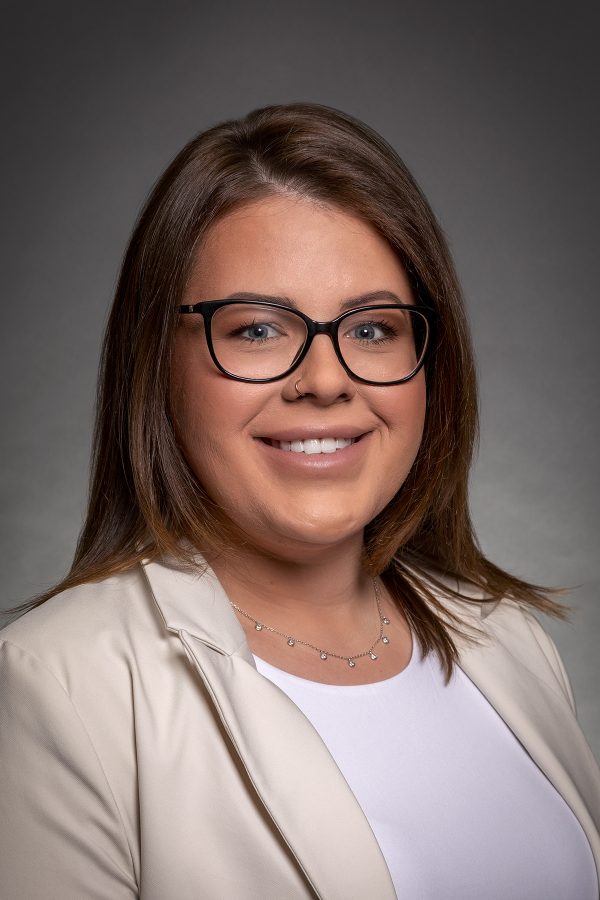
Geddes Federal Savings and Loan Association announced it has appointed Tyler Blanchard as branch manager of its Manlius location. Blanchard brings more than seven years of
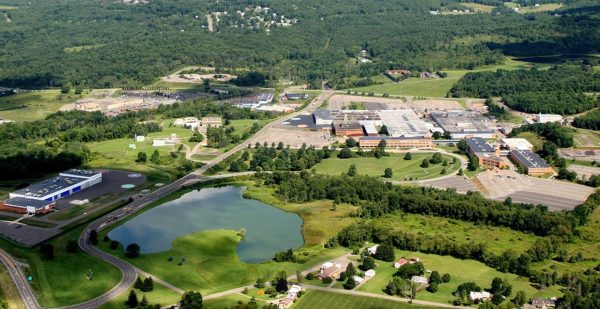
Lockheed Martin plans for $51 million expansion project at Owego plant
OWEGO, N.Y. — Lockheed Martin Corp. (NYSE: LMT) has plans for a $51 million expansion project at its plant in Owego. The project would involve
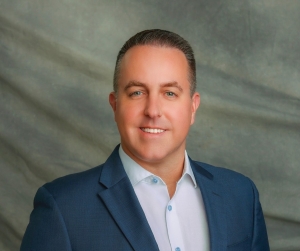
Community Bank appoints head of business banking credit and operations
ALBANY, N.Y. — Community Bank, N.A. announced it has hired Jeff Connolly as SVP, head of business banking credit & operations. Based in Albany, Connolly will lead Community Bank’s business-banking credit efforts. He will oversee the strategic direction and execution of credit-risk management and operational processes within the business banking division for the bank’s New
Get Instant Access to This Article
Become a Central New York Business Journal subscriber and get immediate access to all of our subscriber-only content and much more.
- Critical Central New York business news and analysis updated daily.
- Immediate access to all subscriber-only content on our website.
- Get a year’s worth of the Print Edition of The Central New York Business Journal.
- Special Feature Publications such as the Book of Lists and Revitalize Greater Binghamton, Mohawk Valley, and Syracuse Magazines
Click here to purchase a paywall bypass link for this article.
ALBANY, N.Y. — Community Bank, N.A. announced it has hired Jeff Connolly as SVP, head of business banking credit & operations.
Based in Albany, Connolly will lead Community Bank’s business-banking credit efforts. He will oversee the strategic direction and execution of credit-risk management and operational processes within the business banking division for the bank’s New York state footprint and operations, including Central New York, the bank says.
Connolly brings expertise in commercial lending and operation best practices. With more than 15 years of experience in the financial industry, he has led teams in credit administration, portfolio management, and underwriting, according to Community Bank.
Connolly will focus on driving sustainable portfolio growth through sound credit practices, regulatory compliance, and process optimization. He will seek to ensure efficiency and long-term business success leading a high-performing team, spearheading initiatives that enhance credit quality, and streamline operations by leveraging technology to support future growth, the bank adds.
Community Bank, N.A. is a unit of Community Financial System, Inc. (NYSE: CBU), a diversified financial-services company that is based in DeWitt and focused on four main business lines: banking, employee-benefit services, insurance services, and wealth-management services. Community Bank is among the nation’s 100 largest banks, with more than $16 billion in assets. It operates about 200 branches across upstate New York, northeastern Pennsylvania, Vermont, and western Massachusetts.
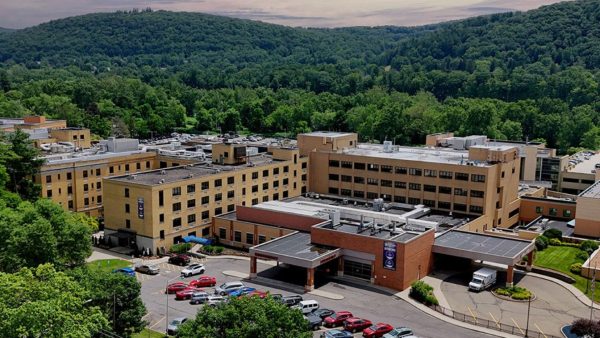
Guthrie Lourdes Hospital in Binghamton says its Johnson City surgery center is nearing completion
BINGHAMTON, N.Y. — Guthrie Lourdes Hospital in Binghamton says construction of a new ambulatory surgery center (ASC) is nearing completion in Johnson City. Located in
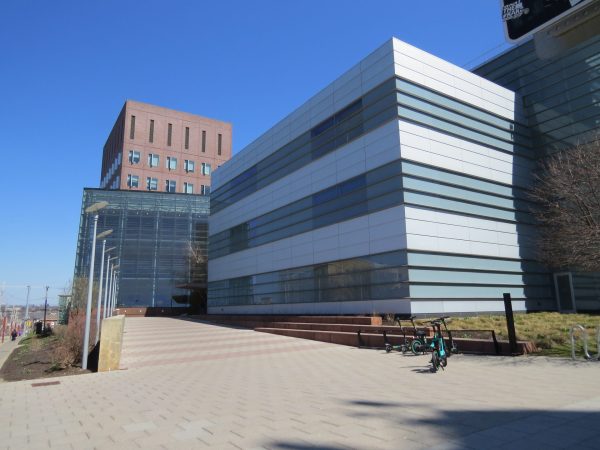
SU’s Whitman School launches Orange Business Angel Network
SYRACUSE, N.Y. — The Martin J. Whitman School of Management at Syracuse University (SU) is announcing the start of the Orange Business Angel Network (OBAN).

NY SMART I-Corridor Opportunity Exchange focused on opportunities in advanced manufacturing
BUFFALO, N.Y. — The Buffalo Niagara Partnership, a co-convener of the NY SMART I-Corridor, on Monday hosted an Opportunity Exchange. The event brought together business leaders, educators, and economic-development partners from across the Buffalo Niagara region to explore opportunities in advanced manufacturing, the semiconductor supply chain, and workforce development. The event included updates from Micron
Get Instant Access to This Article
Become a Central New York Business Journal subscriber and get immediate access to all of our subscriber-only content and much more.
- Critical Central New York business news and analysis updated daily.
- Immediate access to all subscriber-only content on our website.
- Get a year’s worth of the Print Edition of The Central New York Business Journal.
- Special Feature Publications such as the Book of Lists and Revitalize Greater Binghamton, Mohawk Valley, and Syracuse Magazines
Click here to purchase a paywall bypass link for this article.
BUFFALO, N.Y. — The Buffalo Niagara Partnership, a co-convener of the NY SMART I-Corridor, on Monday hosted an Opportunity Exchange.
The event brought together business leaders, educators, and economic-development partners from across the Buffalo Niagara region to explore opportunities in advanced manufacturing, the semiconductor supply chain, and workforce development.
The event included updates from Micron Technology, Inc. (NASDAQ: MU) on its semiconductor-manufacturing campus in Clay, the Buffalo Niagara Partnership said in its announcement.
It also included insights from Edwards Vacuum on its Genesee County facility and a presentation by APEX Accelerators on connecting businesses to government contracting.
Attendees also heard from NY SMART I-Corridor component project leads, who explained the many resources the regional Tech Hub initiative has made available. They include supply-chain support, access to research assets, and workforce-development initiatives.
“This event was about building connections that will drive long-term economic transformation,” Grant Loomis, president and COO of the Buffalo Niagara Partnership, said in the announcement. “The NY SMART I-Corridor is positioning our region as a national hub for innovation and manufacturing. As a leader in this effort, the Buffalo Niagara Partnership is committed to ensuring local businesses have a seat at the table and a clear path to participate in this historic opportunity.”
The NY SMART I-Corridor’s 10-year goals include more than 9,000 new middle-skill and construction positions; $5.2 billion average annual investments; and $18 billion additional GDP (gross domestic product) growth.
As noted in the announcement, “by 2034, one in four American-made chips will be produced within 350 miles of the NY SMART I-Corridor, making it the leading region for domestic semiconductor production. This initiative represents a once in a generation opportunity to strengthen supply chains, create high quality jobs and ensure U.S. leadership in advanced manufacturing.”
Events such as the Opportunity Exchange help businesses understand where they fit and how to engage in the regional semiconductor ecosystem, the Buffalo Niagara Partnership contends.

Binghamton’s State Street parking garage to close Jan. 5, ahead of demolition
BINGHAMTON, N.Y. — Binghamton Mayor Jared Kraham says the State Street parking garage will close on Jan. 5, 2026, ahead of its demolition next year.

Rehab work on I-86 in Tioga County is now complete
OWEGO, N.Y. — Crews have completed work on a $47 million project to improve a key stretch of Interstate 86 (I-86) in the town of
LYONS FALLS, N.Y. — Otis Technology, which specializes in gun maintenance, has promoted Brad McIntyre to CEO, effective Jan. 1, 2026. McIntyre currently serves as executive VP and has worked for Otis for more than 25 years, per a Tuesday company email. Otis Technology is located at 6987 Laura St. in Lyons Falls in Lewis
Get Instant Access to This Article
Become a Central New York Business Journal subscriber and get immediate access to all of our subscriber-only content and much more.
- Critical Central New York business news and analysis updated daily.
- Immediate access to all subscriber-only content on our website.
- Get a year’s worth of the Print Edition of The Central New York Business Journal.
- Special Feature Publications such as the Book of Lists and Revitalize Greater Binghamton, Mohawk Valley, and Syracuse Magazines
Click here to purchase a paywall bypass link for this article.
LYONS FALLS, N.Y. — Otis Technology, which specializes in gun maintenance, has promoted Brad McIntyre to CEO, effective Jan. 1, 2026.
McIntyre currently serves as executive VP and has worked for Otis for more than 25 years, per a Tuesday company email.
Otis Technology is located at 6987 Laura St. in Lyons Falls in Lewis County.
McIntyre will succeed Bill Kleftis, who has served as CEO since 2022. Kleftis will remain with the company in an advisory capacity through the first quarter of 2026 to “ensure a seamless transition,” Otis Technology said.
Throughout his time with Otis, McIntyre has been instrumental in developing and strengthening Otis Technology’s relationships with government/military and international partners, the company says.
“His deep understanding of these markets and his strategic leadership have helped position Otis as a trusted provider of mission-critical solutions across the globe,” per the email.
“Brad’s promotion is a natural evolution for Otis,” Kleftis said in the announcement. “He’s not a newcomer; we’ve grown together, and he’s helped shape the company into what it is today. His ability to inspire teams and execute strategy has been instrumental in our success. I am confident that under Brad’s leadership, Otis will continue to thrive and evolve while staying true to our roots.”
Otis Technology is known for manufacturing advanced gun-cleaning systems and accessories. Doreen Garrett (née Williams) founded the business in 1985 as a teenager. The company has about 100 employees.
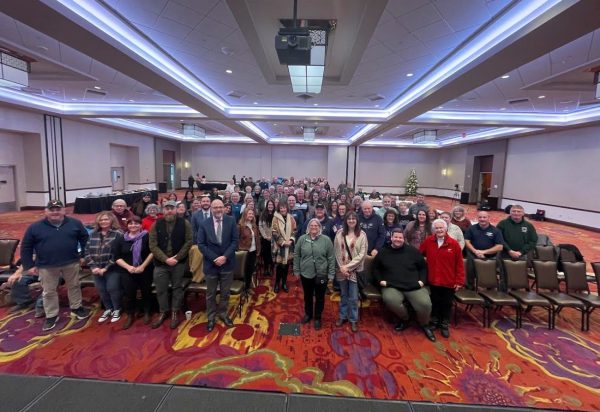
Tioga Downs Foundation awards $2 million to area nonprofits
NICHOLS, N.Y. — The Tioga Downs Regional Community Foundation has awarded $2 million in grants to nonprofit organizations throughout the Southern Tier and Northern Pennsylvania.
Get our email updates
Stay up-to-date on the companies, people and issues that impact businesses in Syracuse, Central New York and beyond.
